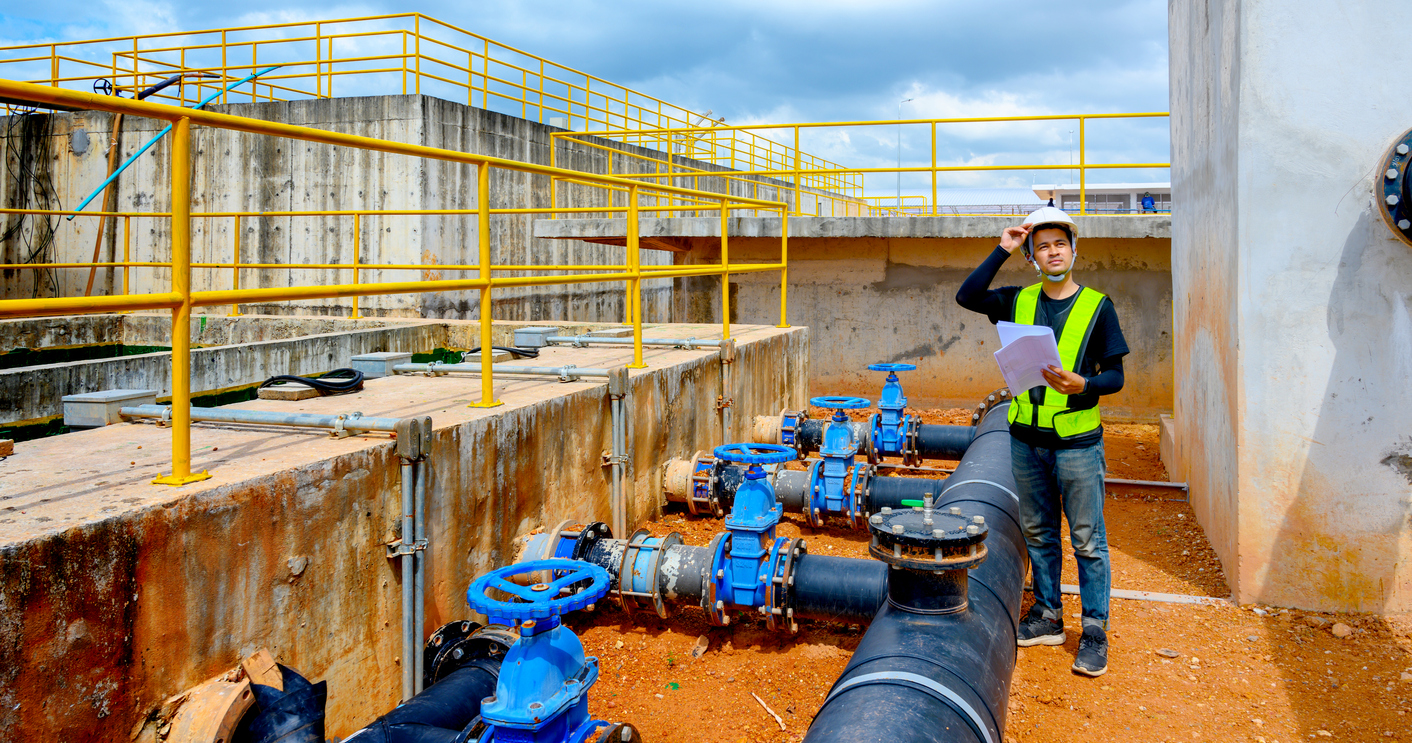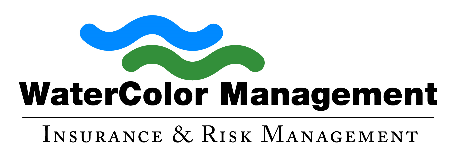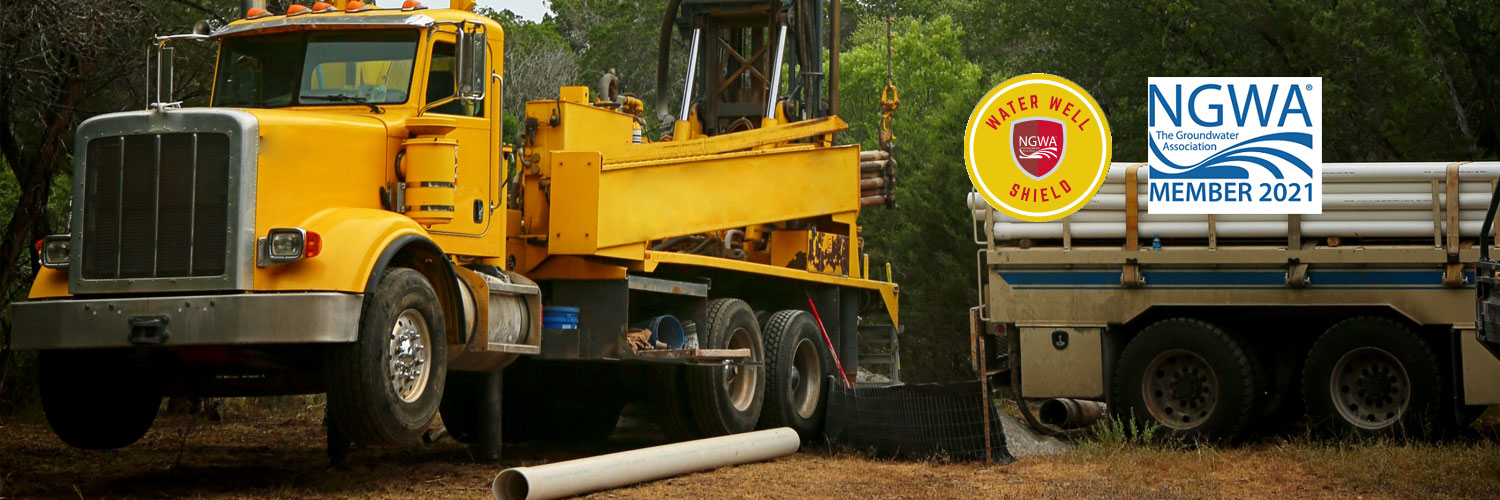
Sewer plant workers face various risks daily, including working in a confined space or being exposed to fumes, debris, and bacteria. And with the spread of COVID-19 throughout the United States, wastewater workers face a whole new risk that’s unprecedented and unpredictable.
It’s important for wastewater treatment plants to implement a well-rounded approach to limiting exposure and keeping workers thoroughly safe from the unique types of harm. Taking a step back to look at operations in the workplace and then creating effective job procedures should be a part of every company’s efforts to prevent workplace injuries in the wastewater industry.
Obtaining the Right Insurance
Your clients or potential clients should be operating with the right level of Wastewater Treatment Coverage to protect their operations and their employees. This specialized liability and property insurance package provides solutions designed to defend companies against injury or illness claims, be it from employees or the public.
Wastewater treatment plants benefit from these policies because of their wide-ranging insurance inclusions. With Watercolor Management, the coverage provided allows clients protection from complaints related to mold, corrosives, and other bacteria. The same applies to pollution and employee injury.
But while having this kind of insurance is beneficial and crucial to the day-to-day activities of a plant, taking steps to improve workers’ safety with more hands-on understanding is just as important.
Here are steps to prevent claims:
- Develop a Response Plan: This plan should consider all types of risks in plants. This includes, but is not limited to, exposure to chemicals, disease and weather events, transportation, and materials storage. The plan should detail how to respond to these incidents as well as day-to-day risks, such as slips, falls, and exposure to fumes.
- Keeping Response Plan Available: Visibility is vital when it comes to safety procedures. Plants should post response plan procedures in public areas of a facility so that the information is readily available and a constant reminder.
- This is a Drill: Plants should conduct drills regularly to keep employees of all levels informed and engaged.
- PPE: Ensure employees have the proper personal protective equipment (PPE) for all areas of a plant, including testing areas. OSHA provides extensive information on how to go about PPE preparation and provision.
- Document Everything: A comprehensive safety plan should call for documenting all procedures. Each step should include details in chronological order and address everything from the who, what, where, when, and how of each scenario.
There is no denying that a well-executed safety program reduces the potential for injury and death at a facility. Clients in this industry will see the benefits reflected in their workers’ safety and their protection from related claims.
About Watercolor Management
WaterColor Management has insured the water industry for over 30 years. Our policies include unlimited defense cost coverage in the event of a lawsuit against you. Call us at (256) 260-0412 or email info@watercolormanagement.com for a quick quote for your Water Business Professional, Products/Completed operations, Pollution and General Liability Insurance.




